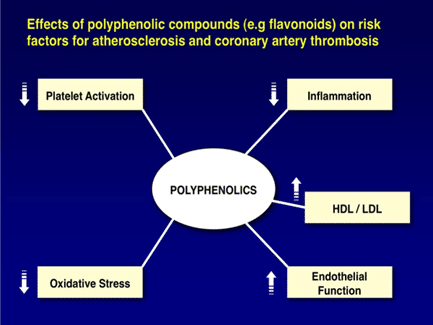Ally Lewber’s Brown Maxi Dress
Ally Lewber’s Brown Maxi Dress / Vanderpump Rules Season 11 Episode 5 Fashion
Last night on Vanderpump Rules, the gang (minus Ariana Madix and Katie Maloney) reunited to party at Lisa Vanderpump’s new Tahoe restaurant. While some may have felt a bit awkward, Ally Lewber was all about that cozy chic vibe in her stylish brown maxi dress. This versatile look is a match made in heaven with any accessory, but she slayed the look with clear heels and an updo. While the color brown may be in limited stock, there are plenty more colors that are ready for the taking.
Best in Blonde,
Amanda

Click Here for Additional Stock / Here for More Stock / Here for Even More Stock / Here for Even MORE Stock
Instagram By Request
-

Melissa Gorga's Blue Under Eye Patches
-

Kathy Hilton’s Belted Cargo Jeans
-

Melissa Gorga's Black and White Printed Dress
-

Lindsay Hubbard's Denim Dress and Boots
-

Melissa Gorga’s Black Collared Mini Dress
-

Kyle Richards’ Blue Cropped Tweed Jacket
-

Brynn Whitfield’s Crown Sweater and Graffiti Skirt
-

Erin Lichy's Black Cutout Dress
-

Kiki Barth’s Blue V Neck Maxi Dress
-

Whitney Rose’s Grey Pocket Detail Sweater
-

Erin Lichy’s White Leather Pants
-

Tracy Tutor’s Cream Cutout Crop Top
-

Erin Lichy’s Wide Leg Jeans
-

Lisa Barlow’s Brown Leather Pants
-

Erin Lichy’s Black Off The Shoulder Sweater
Latest Posts
Originally posted at: Ally Lewber’s Brown Maxi Dress
Read More


























